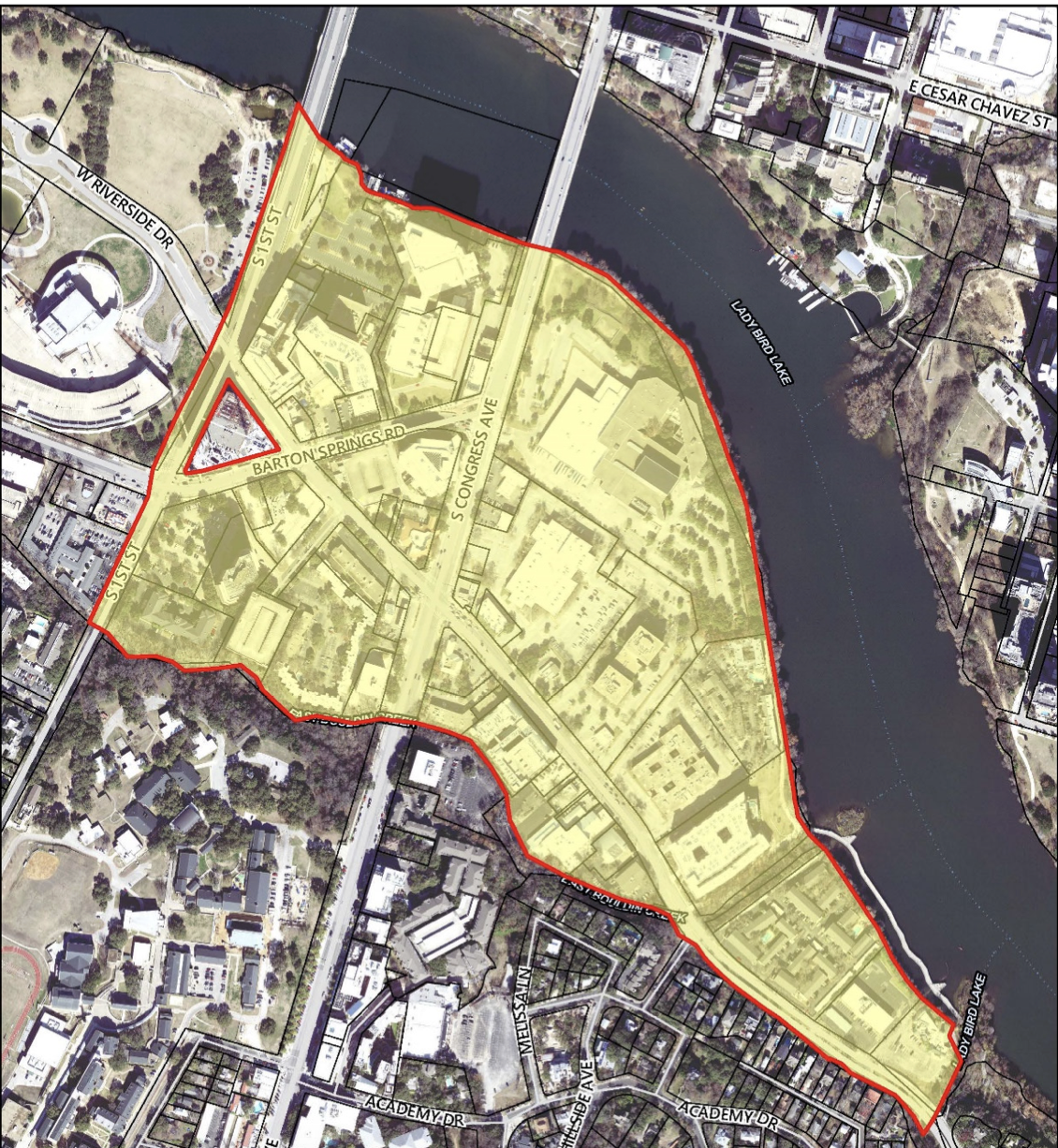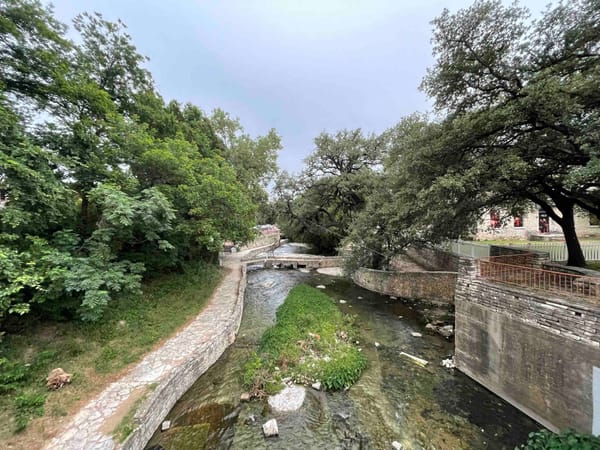For a denser waterfront
The South Central Waterfront should be part of downtown, TIRZ be damned.

Another day, another defeat for the City of Austin in court. Judge Jessica Mangrum, the same judge who late last year struck down a number of city zoning ordinances, once again sided with anti-growth activists in striking down a Tax Increment Reinvestment Zone created by the city on the South Central Waterfront.
You can read the whole TIRZ plan here.
The SCWF is a big area just south of Lady Bird Lake that is poised to become part of downtown. While the biggest single project planned for the area is the redevelopment of the Austin American-Statesman property, the debate over the TIRZ is much bigger than that.

First, I want to review what a TIRZ is...if you're already familiar, you can skip the next section.
What is a TIRZ?
Tax Increment Financing is a tool historically used by cities to spur development in blighted areas.
The idea is you set up a geographic area that you want to target for public investment. Usually the investment is some kind of infrastructure –– roads, parks, etc. The city issues debt to finance those improvements, with the expectation that those investments will lead to increased private development that will generate tax revenue to pay off the debt.
All of the new property tax growth in that district goes to pay off the debt. So, if the city's general fund was receiving $10M a year from the district when the TIRZ was created, it will continue to only receive $10M for many years, while all of the new tax revenue is cordoned off to pay for the improvements in the district.
The reason that TIRZs are often controversial is that cities all over the country, including Austin, have in recent decades often used them to invest in areas that aren't blighted. There's always some concern that the investment is not actually spurring new development and/or tax revenue, and yet for years other city services will not be benefiting from the growth of tax revenue.
Another example is the Waller Creek TIRZ. Initially it paid for flood infrastructure that absolutely was key to making big chunks of downtown developable, but then Council also decided to extend the life of the TIRZ to pour another $110M into the Waller Creek Chain of Parks (now known as the Waterloo Greenway), reasoning that that would also pay for itself by generating new development. Now, is it possible that is true? Sure, but it's also true that the Council members knew downtown was going to continue developing and generating increased tax revenue –– with or without the greenway.
The case for & against the SCWF TIRZ
The South Central Waterfront is certainly not blighted. However, former Mayor Steve Adler and others on Council argued that the land was "underutilized" –– a term that appears in state law. In the absence of a pretty significant overhaul of the streets and utilities system in the area, they reasoned, we wouldn't get nearly as much private development in the area. An economic consultant agreed.





